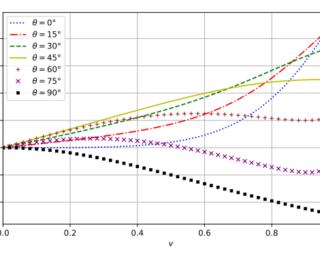
by Aaron Tohuvavohu | Jan 18, 2019 | Daily Paper Summaries
Title: Detecting the Beaming Effect of Gravitational WavesAuthors: Alejandro Torres-Orjuela, Xian Chen, Zhoujian Cao, and Pau Amaro-SeoaneFirst Author’s Institution: Kavli Institute for Astronomy and Astrophysics at Peking University, Beijing, ChinaStatus: Published in Phys Rev D, open accessThe direct detection of compact binary mergers like binary black hole and binary neutron star systems via their gravitational radiation have come via decades of development in inteferometric detector technology and data analysis techniques. One of the most important components to the success of the enterprise has been the breakthrough achievements in numerical relativity, which is necessary to reproduce the inspiral, merger, and ringdown gravitational waveforms produced in compact binary mergers and produce template waveform banks for comparison with the data. However, these numerical relativity simulations are computationally expensive, which limits template banks to use component masses and spins of the compact objects, instead of a larger battery of parameters. The authors of today’s paper argue that another component, the velocity of the source relative to the observer (us), can have a substantial impact on the inferred gravitational wave amplitude.The Doppler shift induced by the component of relative motion towards or away from the observer is well known. A less known phenomenon, though well studied for the electromagnetic case, is the beaming effect. The beaming effect, also known as doppler boosting or the headlight effect, describes a scenario wherein the relative motion of a source can induce a change in the apparent luminosity of its radiation. For the case of gravitational radiation the analogous effect is a deviation in the apparent (observed) amplitude of the gravitational wave relative to the intrinsic amplitude. The...
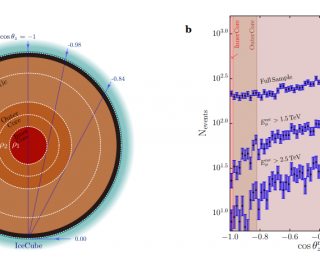
by Aaron Tohuvavohu | Sep 20, 2018 | Daily Paper Summaries
Astrophysicists and their experiments normally look up, not down. IceCube is an exception. Here the density profile of the Earth is measured using neutrinos.
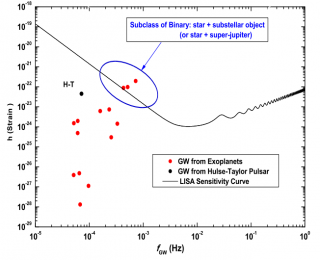
by Aaron Tohuvavohu | Aug 7, 2018 | Daily Paper Summaries
Nearby Super-Jupiters with very tight orbits produce gravitational waves that will be detectable by space-based gravitational wave detectors.
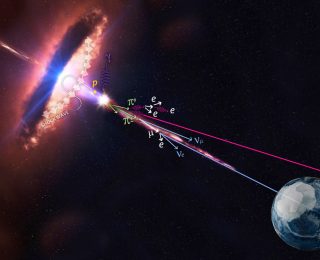
by Aaron Tohuvavohu | Jul 12, 2018 | Daily Paper Summaries
The first compelling association of an electromagnetic counterpart with an astrophysical neutrino since SN 1987A.
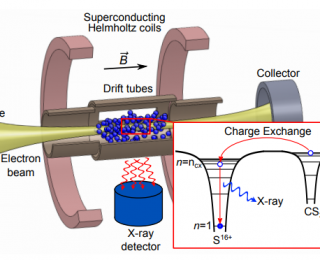
by Aaron Tohuvavohu | May 14, 2018 | Daily Paper Summaries
A laboratory astrophysics experiment calls into question the proposed dark matter origin of an unidentified spectral line at 3.5 keV






